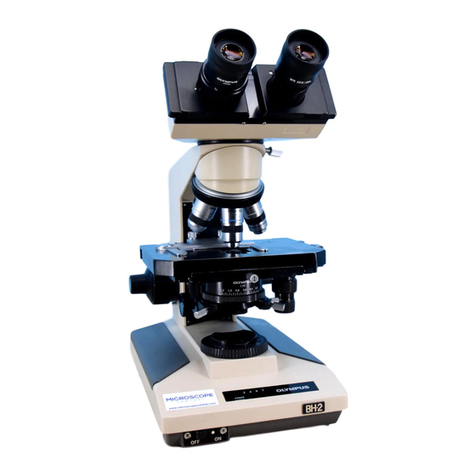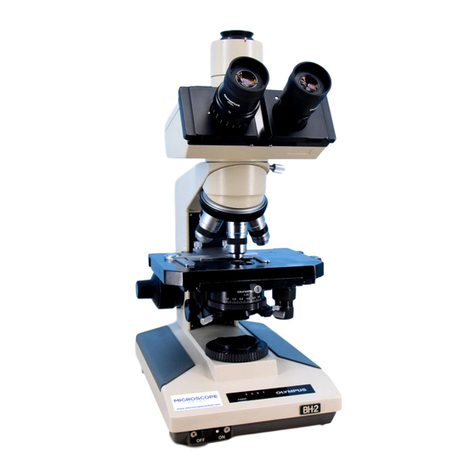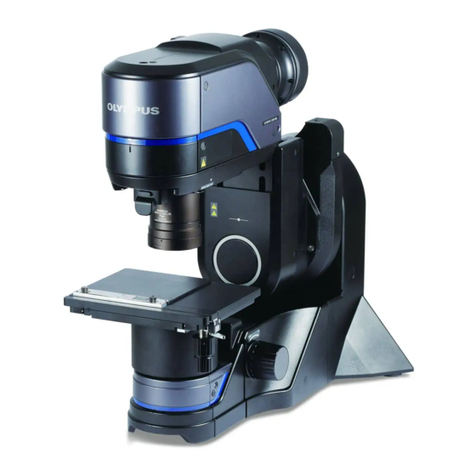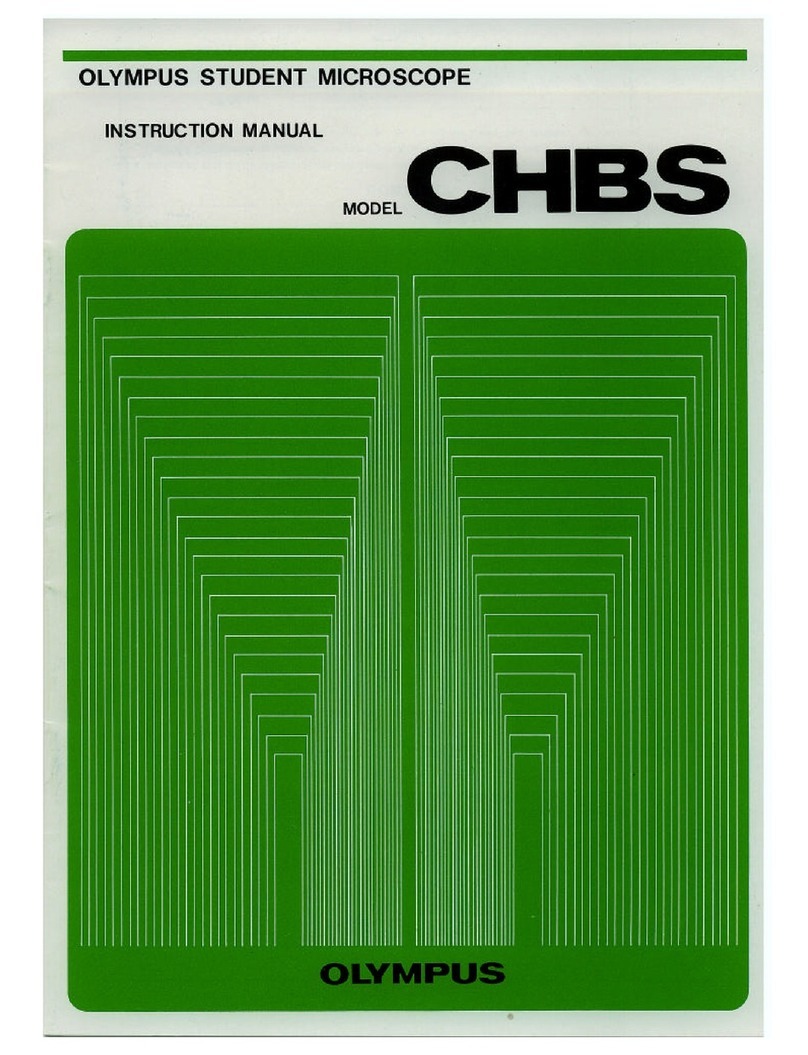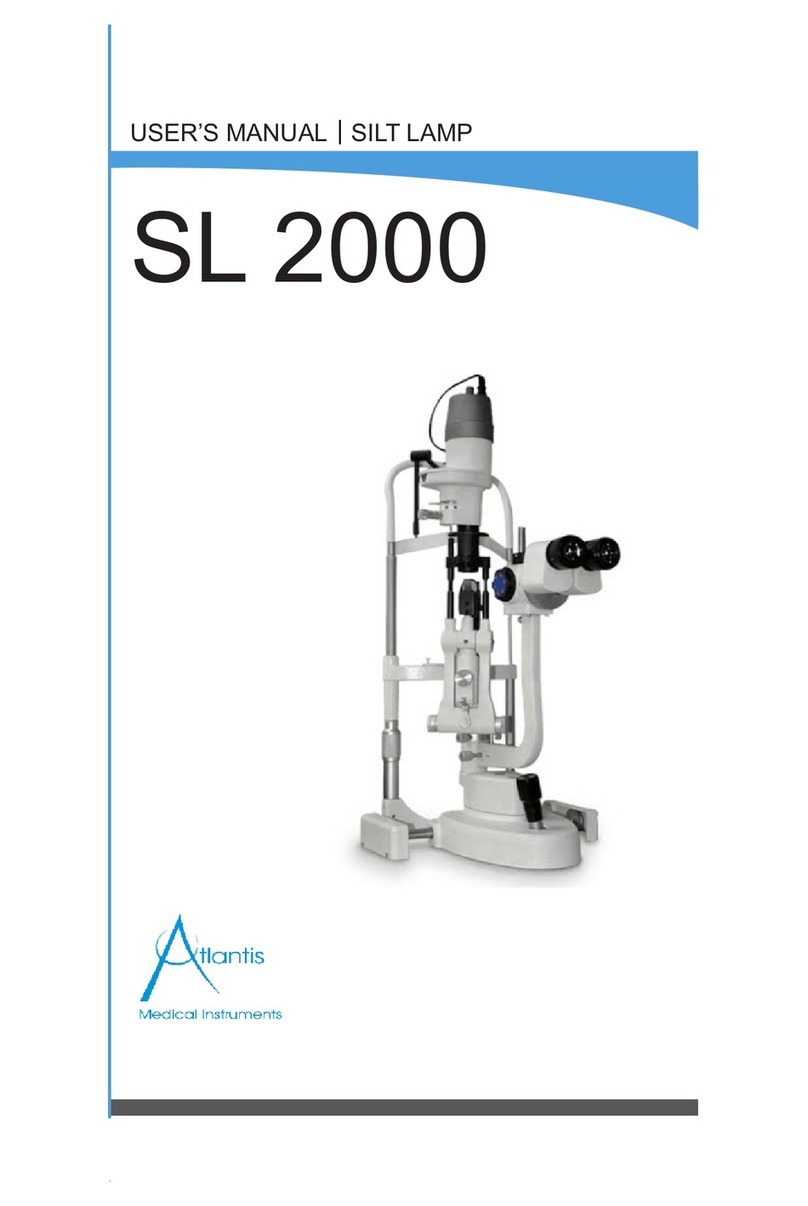Olympus CHA-P User manual
Other Olympus Microscope manuals

Olympus
Olympus DP73 User manual

Olympus
Olympus fsx100 User manual
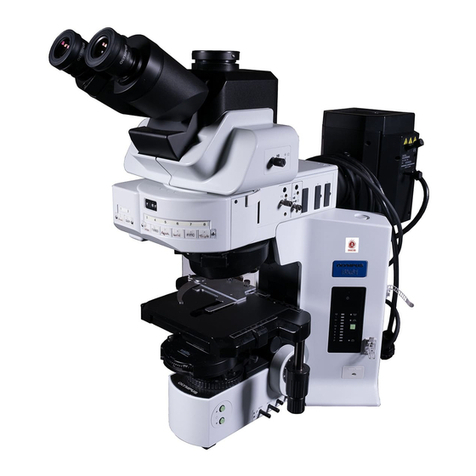
Olympus
Olympus BX61 User manual

Olympus
Olympus Discover FV10i Owner's manual
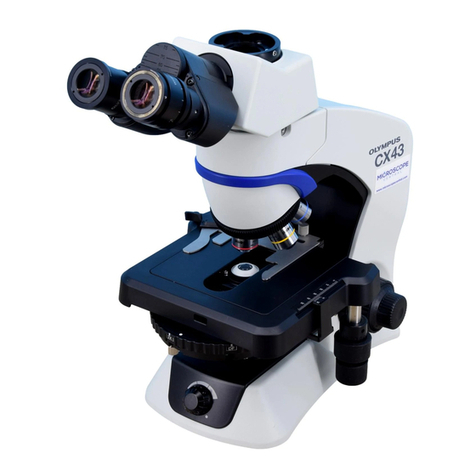
Olympus
Olympus CX43 User manual
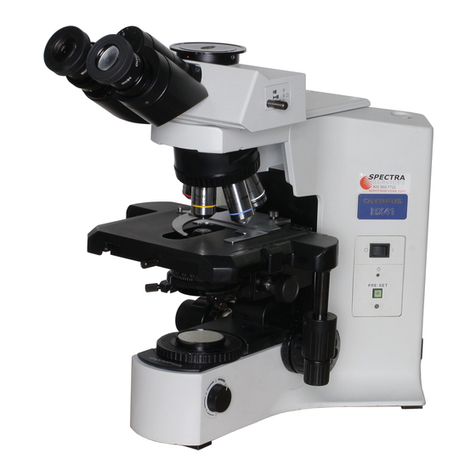
Olympus
Olympus BX41 User manual

Olympus
Olympus SZ61 User manual
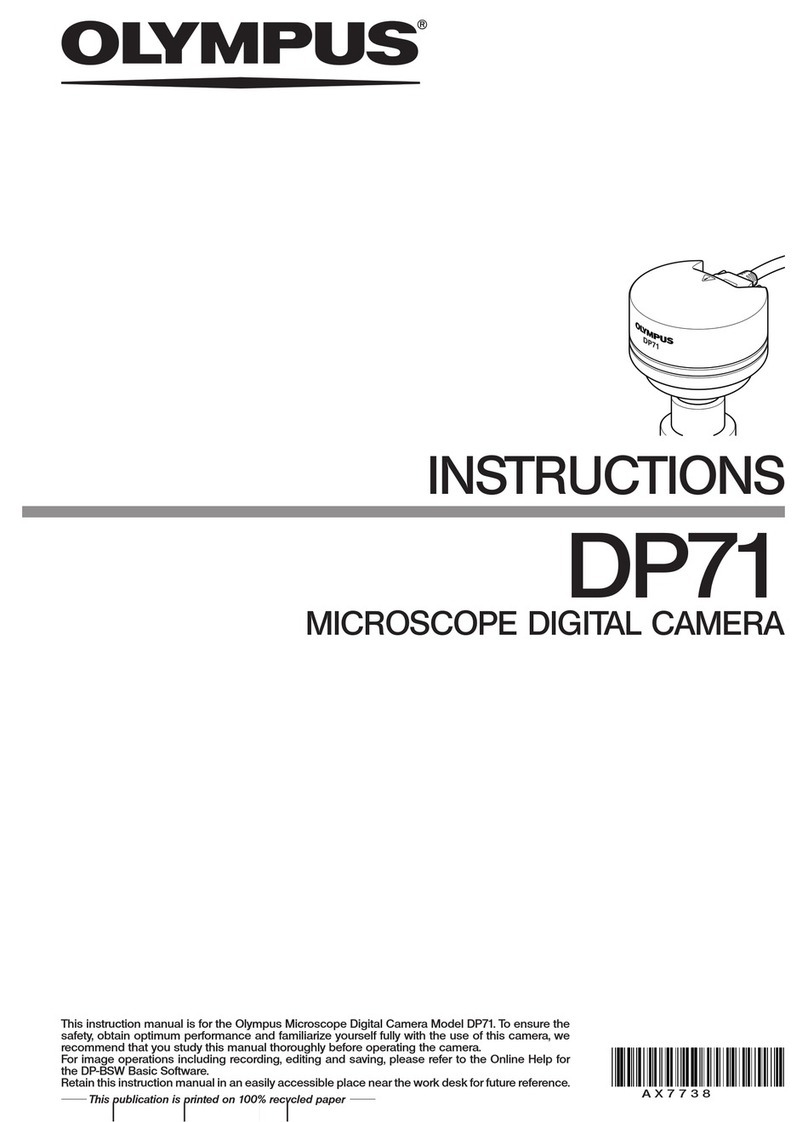
Olympus
Olympus DP71 User manual
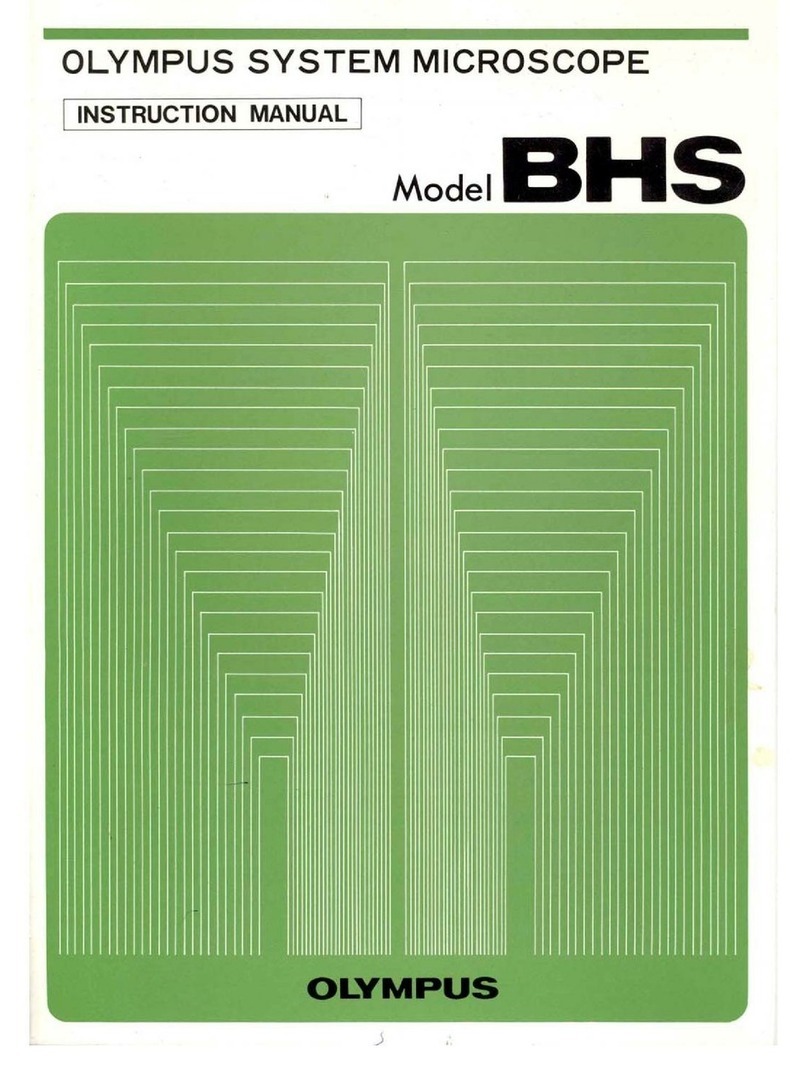
Olympus
Olympus BHS User manual
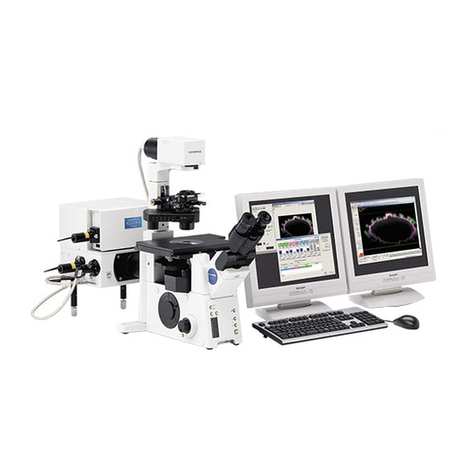
Olympus
Olympus Fluoview FV1000 User manual

Olympus
Olympus SZ61 User manual

Olympus
Olympus BX2 SERIES User manual

Olympus
Olympus CX21 User manual
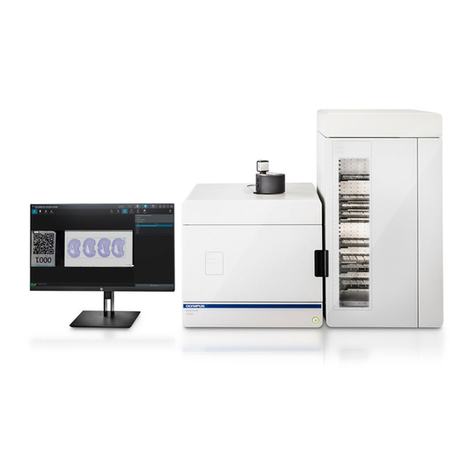
Olympus
Olympus SLIDEVIEW VS200 User manual

Olympus
Olympus CK40-TBI Operating instructions

Olympus
Olympus Fluoview-1000 User manual
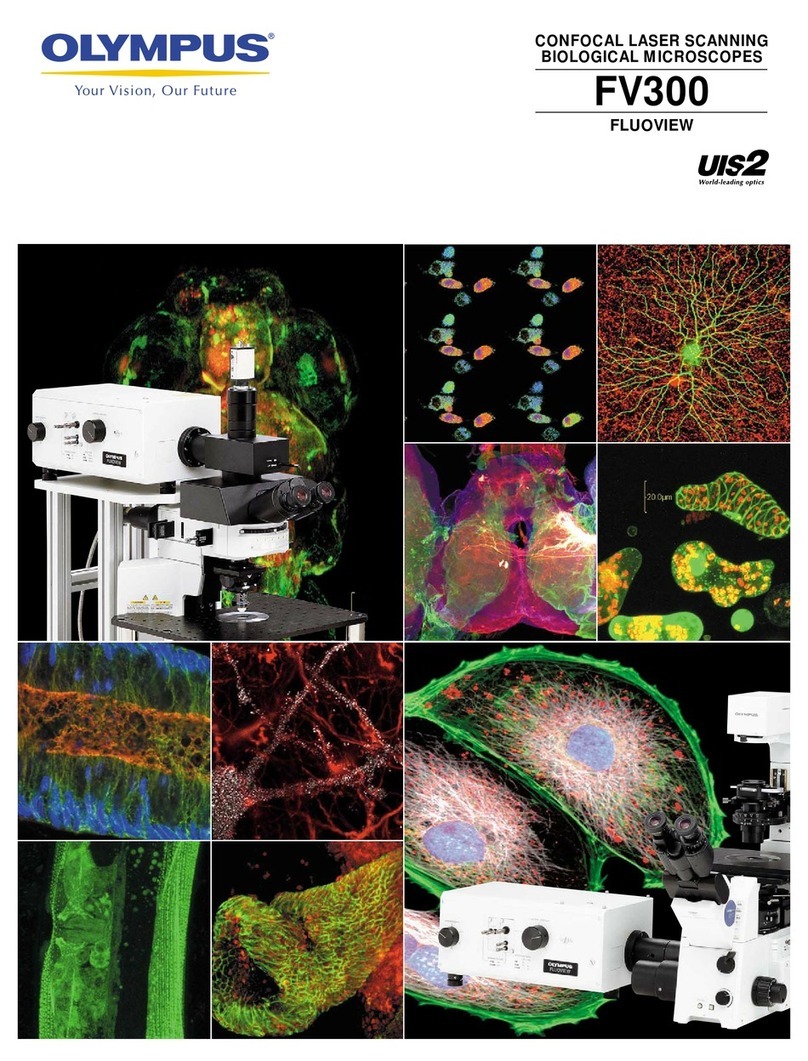
Olympus
Olympus FLUOVIEW FV300 Installation guide

Olympus
Olympus BHTU-112 User manual
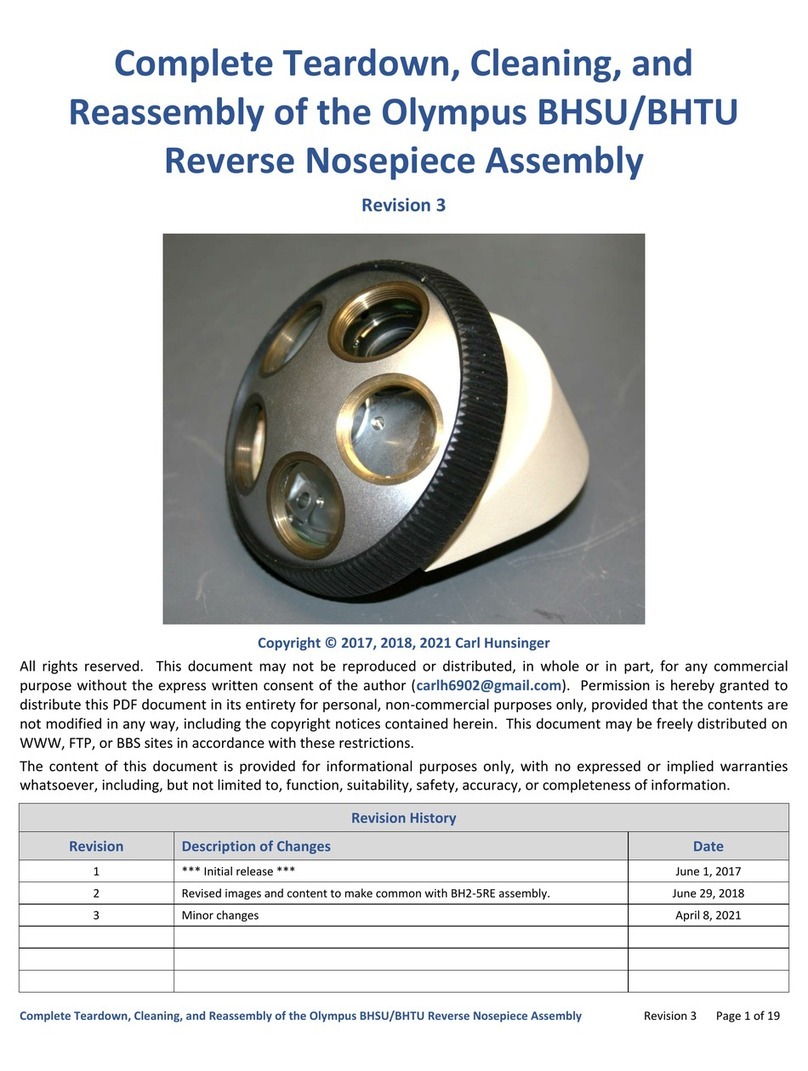
Olympus
Olympus BHSU Installation instructions

Olympus
Olympus SZX-AR1 User manual
